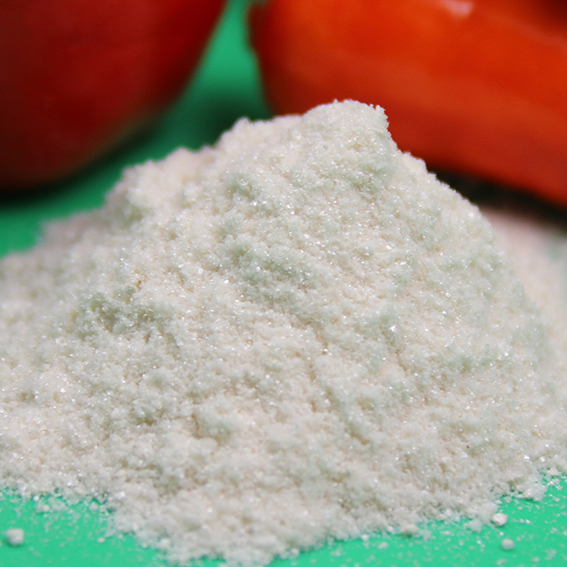Indoe-3-butyric Acid (English name Indole-3-butyric Acid, abbreviated as IBA), a growth hormone, can promote plant cutting and rooting, improve germination rate, survival rate, etc., and is an important raw material in commercial plant rooting and horticultural products. In addition, IBA is a precursor to indole-3-acetic acid (IAA), which plays a major role in growth regulation in plants.
This product is plant culture grade and can be used directly in plant tissue or cell culture.
3-indole butyric acid ( 3-indole butyric acid) is a broad spectrum of indole plant growth regulators, often used to promote plant rooting and improve plant survival. There are many kinds of synthesis methods, including chemical synthesis methods.
A more environmentally friendly and energy-saving synthesis method is to use polymer hydrogenation catalyst to catalyze the hydrogenation of salicylic acid, and then carry out esterification, oxidation, condensation and decarboxylation reaction steps. The specific steps are as follows:
The catalytic hydrogenation of salicylic acid was carried out with polymer hydrogenation catalyst at room temperature and pressure.
The esterification reaction was carried out using organic superacid as catalyst.
At 70℃, the oxidation reaction was carried out with polymer oxidation reagent.
Condensation reaction at -5℃ ~ 10℃, reflux hydrolysis under alkaline conditions, acidification at room temperature.
It was rearranged by Fischer and heated to 225℃ ~ 230℃ for decarboxylation 1.
Another method is to use tetrabutylammonium sulfate as phase transfer catalyst to synthesize IBA from indole and gamma-butyrolactone in one step. The specific steps are as follows:
Polyethylene glycol (PEG) was used as phase transfer catalyst.
Solid potassium hydroxide is base.
IBA2 is obtained by condensation of indole and gamma-butyrolactone at the reflux temperature of tetralin.
These methods have advantages and disadvantages, for example, the method using Grignard reagent is effective, but the raw material synthesis is complex, costly and demanding. In contrast, the new process is more environmentally friendly, energy-saving and the raw materials are cheap and easy to obtain
Post time: Oct-10-2024






